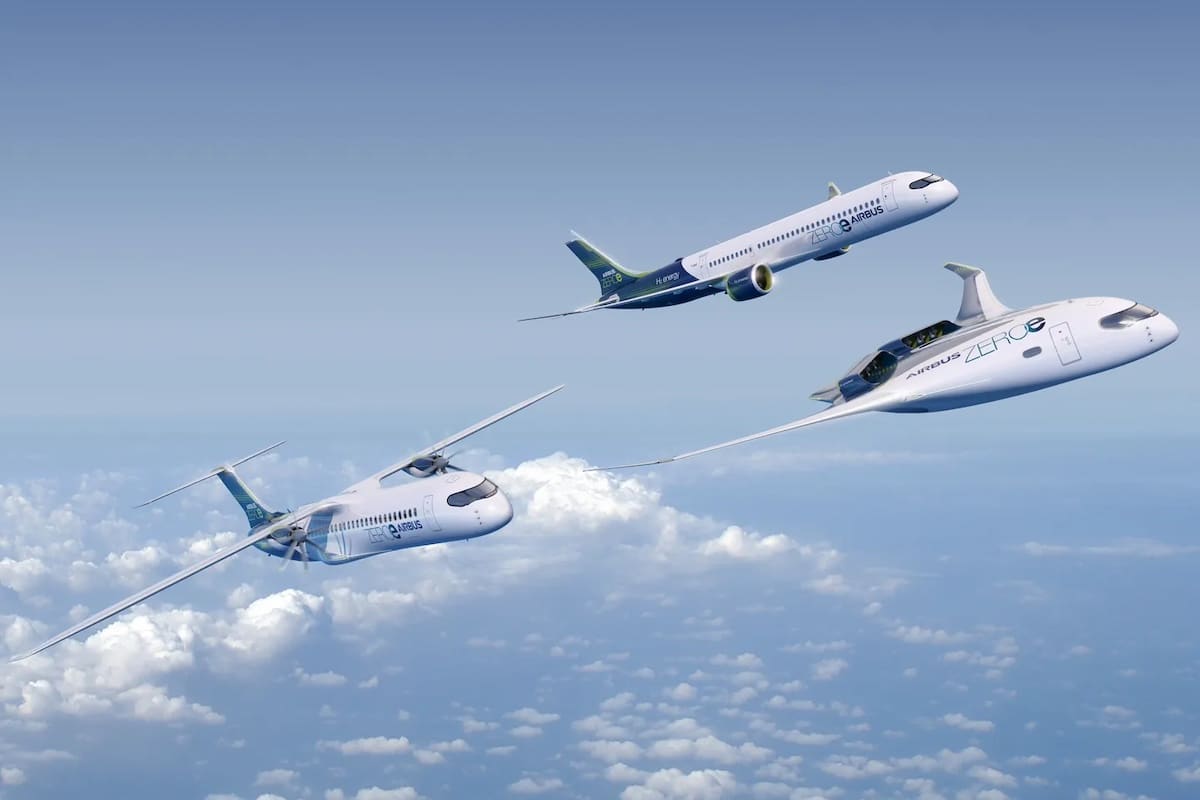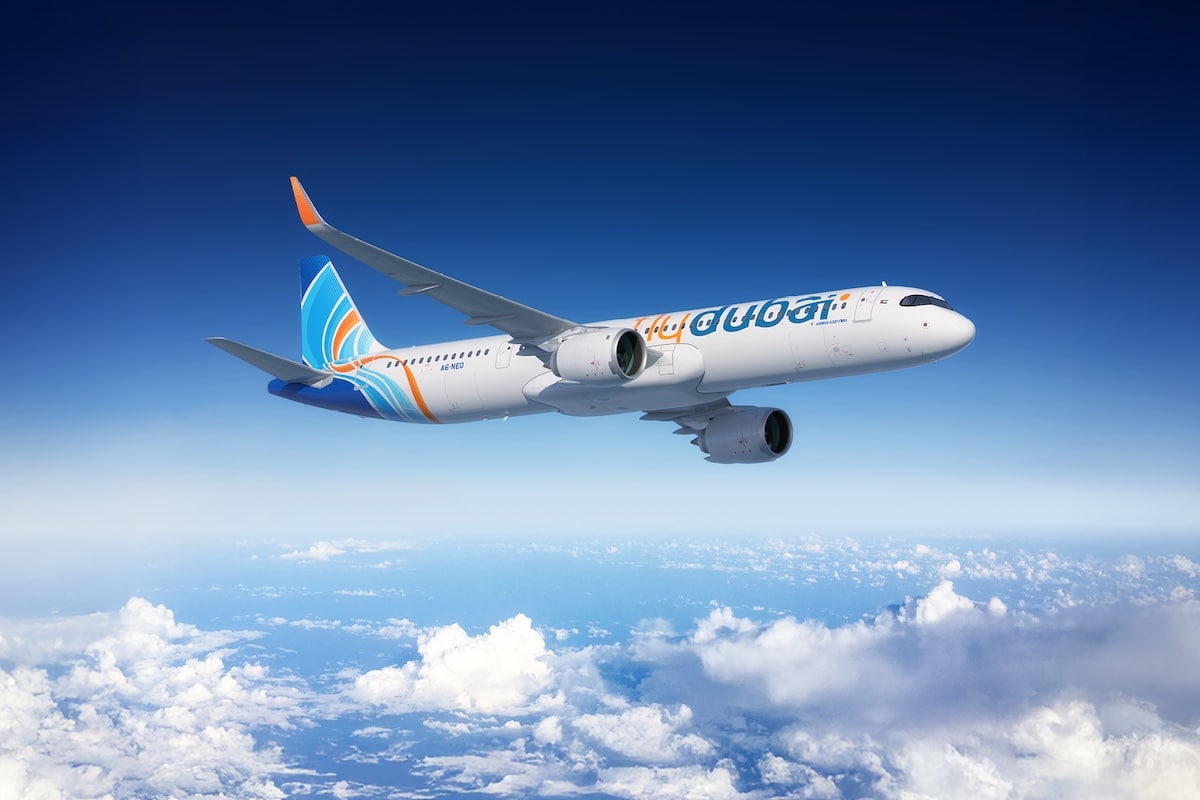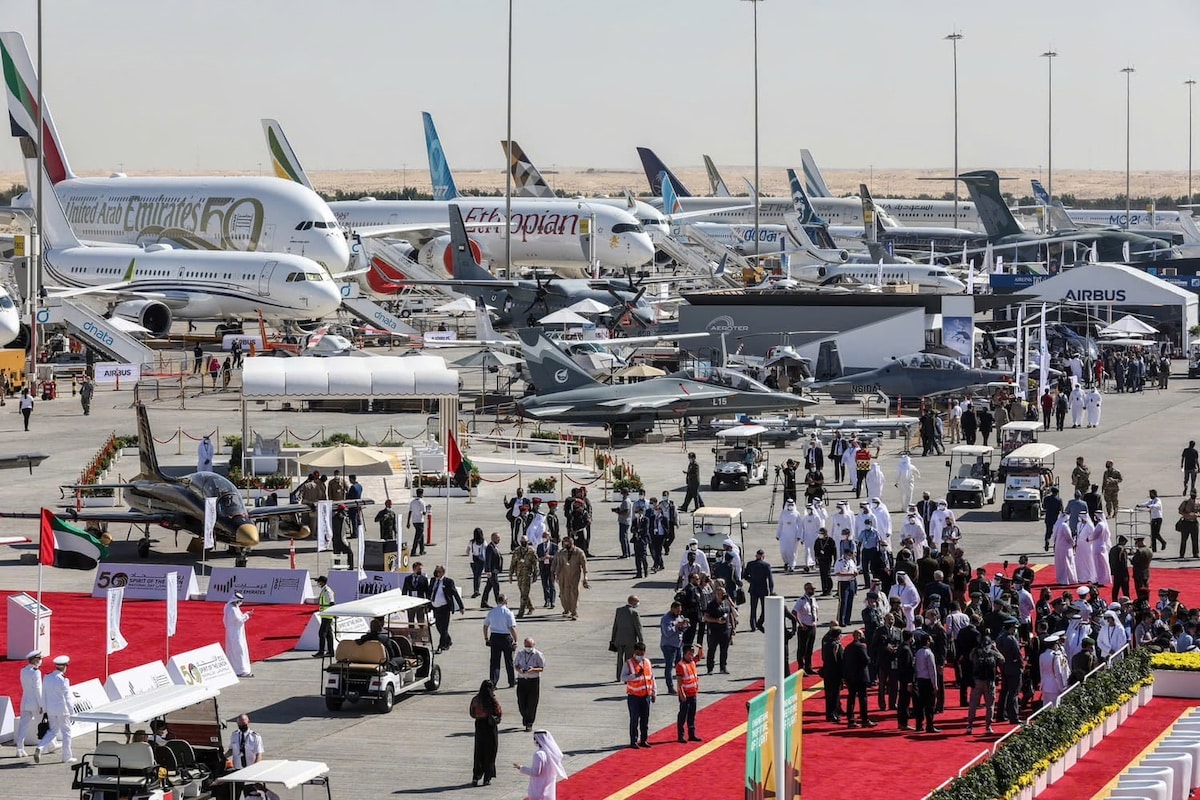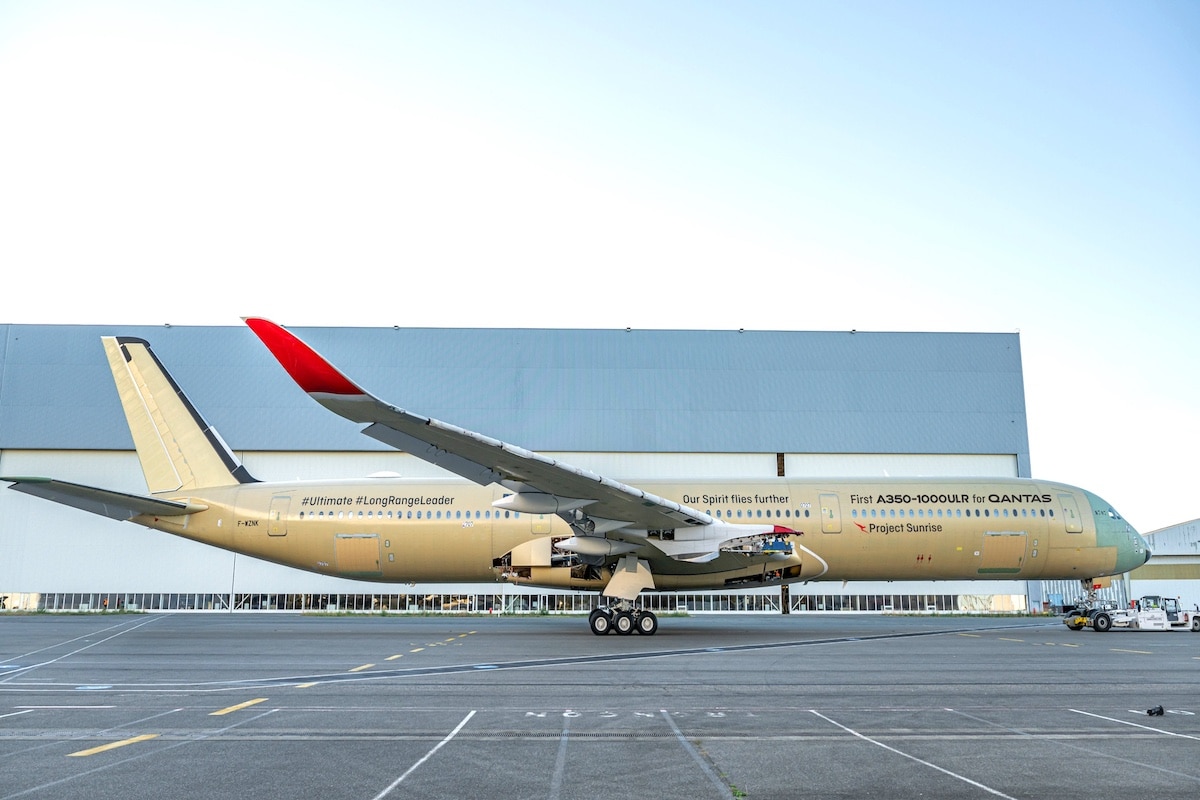Aviation Urgently Needs a New Fuel!

There are only two solutions to limit the carbon impact of civil aviation: fly less or find a sustainable substitute fuel.
Sustainable aviation fuel (SAF) is now recognized as THE future solution to decarbonize civil aviation. However, the acceleration of fuel cell technology development comes at a crucial time when it is urgent to make the aviation sector more sustainable. It is a perfect alignment of the stars to bring about credible projects of hydrogen-powered aircraft as a very short-term promising solution. In its latest reports, the independent organization IDTechEx explored technologies capable of decarbonizing the aviation industry.
Airbus and Hydrogen
Airbus, Europe’s leading aerospace company, announced an ambitious goal to commercialize a hydrogen-powered aircraft by the mid-2030s. However, this schedule has recently been postponed due to challenges related to establishing the necessary infrastructure and technologies. The new target timeframe is now set for the 2040s, illustrating the complexity of such innovation in a vast sector.
Although this aircraft represents only a small part of overall decarbonization efforts, its launch could pave the way for other industrial initiatives.
SAF Maintains the Lead
While waiting for hydrogen adoption, sustainable aviation fuels (SAF) are emerging as an immediate alternative. Made from used oils and vegetable fats, these fuels reduce carbon emissions associated with their production. Several regions already impose the use of SAF blends with conventional fuel in certain percentages.
Virgin Atlantic notably made history by operating the first transatlantic flight powered 100% by SAF, between London Heathrow and New York JFK. This achievement confirms the technical capabilities of SAF, although production costs remain high.
However, debates continue regarding the environmental impacts of hydrogen production, which could, in the short term, conflict with long-term goals. Similarly, the investments needed to mainstream SAF raise questions about balancing initial costs with future benefits.
Facing these challenges, the sector must navigate between these technological options to ensure a greener future while balancing innovation and economic feasibility.
ALSO READ: When is the train faster than the plane?
This page is translated from the original post "L’aviation a besoin d’urgence d’un nouveau carburant !" in French.
We also suggestthese articles:
Also read






